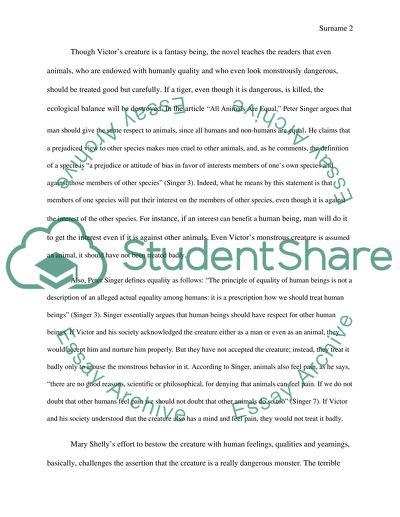Cite this document
(“Frankenstein Essay Example | Topics and Well Written Essays - 1000 words”, n.d.)
Frankenstein Essay Example | Topics and Well Written Essays - 1000 words. Retrieved from https://studentshare.org/english/1464540-frankenstein
Frankenstein Essay Example | Topics and Well Written Essays - 1000 words. Retrieved from https://studentshare.org/english/1464540-frankenstein
(Frankenstein Essay Example | Topics and Well Written Essays - 1000 Words)
Frankenstein Essay Example | Topics and Well Written Essays - 1000 Words. https://studentshare.org/english/1464540-frankenstein.
Frankenstein Essay Example | Topics and Well Written Essays - 1000 Words. https://studentshare.org/english/1464540-frankenstein.
“Frankenstein Essay Example | Topics and Well Written Essays - 1000 Words”, n.d. https://studentshare.org/english/1464540-frankenstein.


